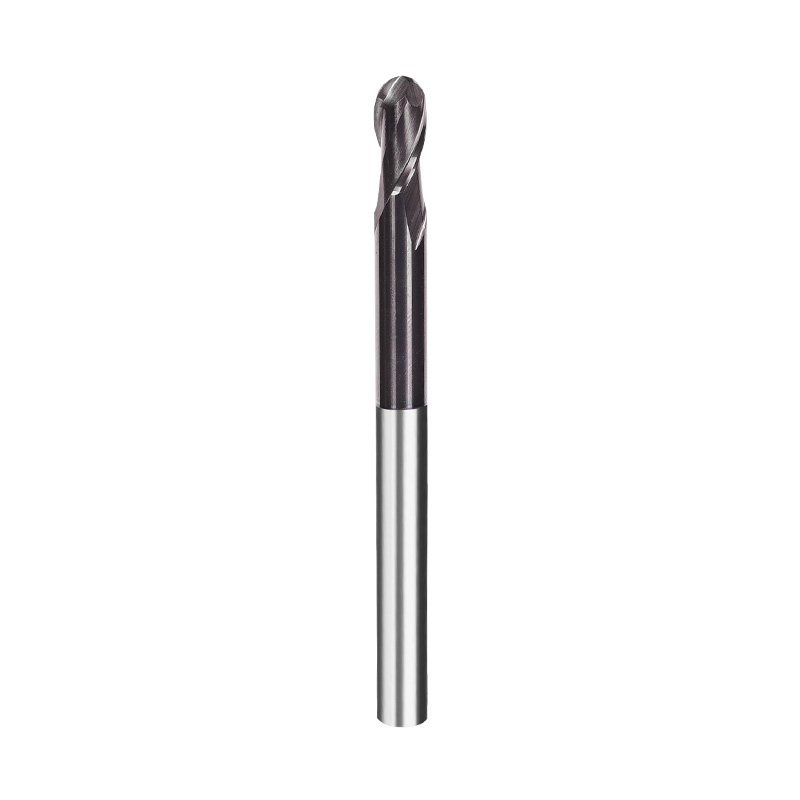Solid Carbide Burs are widely used in precision machining, metalworking, and woodworking due to their good hardness and cutting performance. While their cutting efficiency is well known, the impact of vibration and noise during operation is often overlooked. Excessive vibration or loud noise can reduce operator comfort, increase fatigue, and even affect cutting precision. Understanding the factors that contribute to vibration and noise, and their influence on user experience, is essential for safe and efficient tool operation.

Sources of Vibration During Operation
Vibration occurs when the bur’s rotational movement interacts with the workpiece, particularly if there is any imbalance in the bur or tool holder. High-speed rotations amplify even minor imperfections in the bur or mounting system, generating noticeable oscillations. The type of material being cut also affects vibration levels. Harder or uneven materials create more resistance, which can result in sudden jerks or inconsistent motion. The bur’s geometry, including flute design and diameter, influences stability. Fluted or tapered designs may reduce vibration by distributing cutting forces more evenly, while poorly designed burs may exacerbate oscillations.
Noise Generation Factors
Noise produced during machining is largely a result of vibration and friction between the bur and the material. High-speed cutting against dense or abrasive surfaces generates louder sound levels. The tool’s mounting system, including collets or chucks, plays a role in dampening or transmitting noise. Pneumatic or high-torque tools tend to create higher noise levels due to consistent high-speed rotation. Coated burs, such as those with titanium or diamond coatings, may slightly reduce friction-induced noise, though the effect is generally modest compared to mechanical factors.
Impact on Operator Comfort
Excessive vibration and noise can significantly reduce operator comfort, especially during extended use. Persistent vibration can cause hand fatigue, decreased precision, and even long-term musculoskeletal strain. Noise levels above safe thresholds may cause hearing discomfort or damage without proper protection. The combination of these factors can reduce overall productivity and increase the likelihood of errors. In professional environments where burs are used continuously, understanding and mitigating these effects is essential to maintaining both safety and efficiency.
Strategies to Minimize Vibration and Noise
Several strategies can help reduce vibration and noise when using Solid Carbide Burs. Ensuring the bur is properly balanced and securely mounted is critical. Matching the bur size and geometry to the material type can reduce resistance and decrease oscillations. Using high-quality tool holders and collets with vibration-damping properties improves stability. Proper rotational speed selection is also important; excessively high speeds increase both vibration and noise. In addition, using cutting fluids or lubricants can reduce friction, thereby decreasing noise levels and smoothing cutting motion.
Vibration and noise are important factors influencing the comfort and effectiveness of Solid Carbide Burs during operation. Excessive vibration can reduce precision and cause operator fatigue, while high noise levels pose both immediate and long-term risks. By carefully selecting burs, maintaining proper mounting, controlling rotation speed, and using lubrication when appropriate, operators can decrease these negative effects. Awareness and mitigation of vibration and noise not only improve user comfort but also enhance cutting accuracy and extend the lifespan of both tools and equipment.